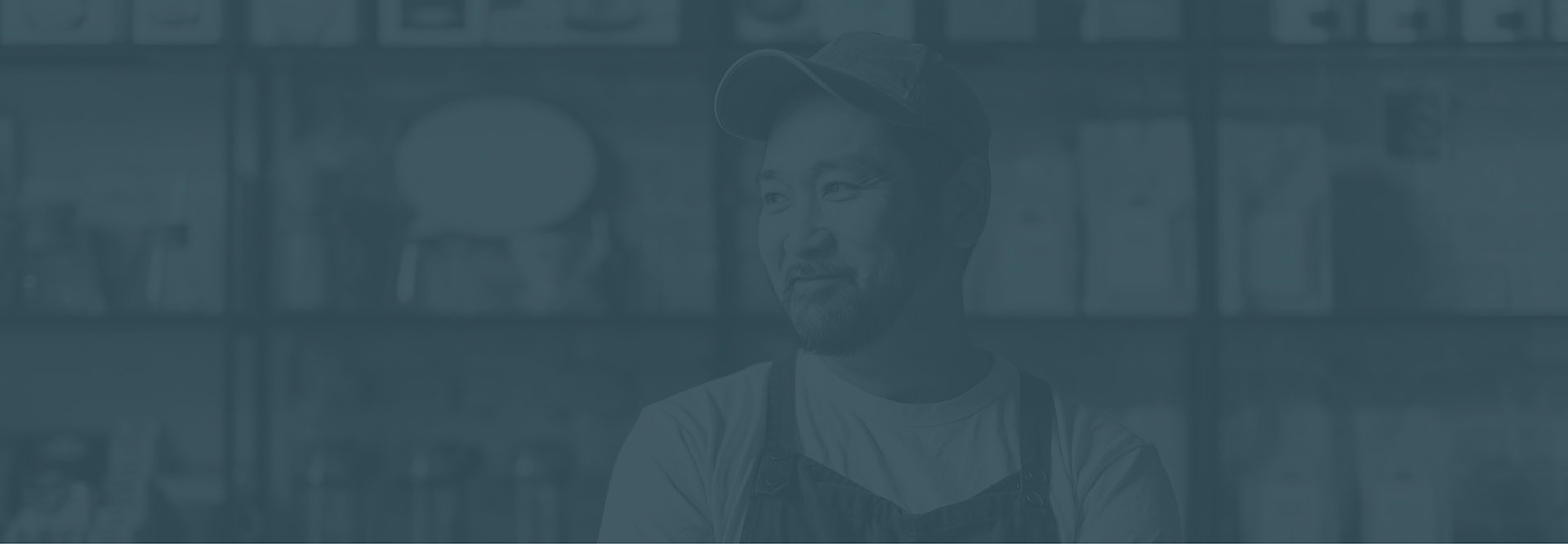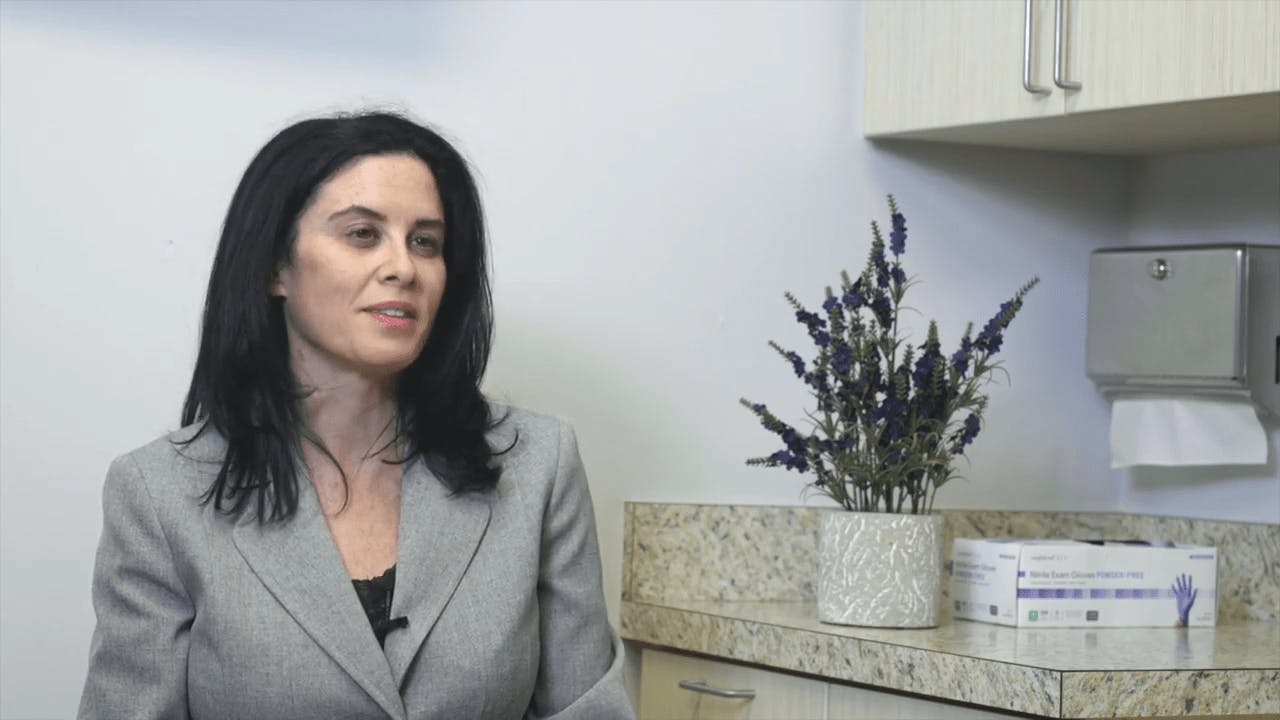Spider veins often indicate poor circulation within the superficial and sometimes even the deep veins in the legs.


Get Rid of Spider Veins
There are multiple treatment options available for spider vein removal. The most important thing is treating the underlying cause of the spider veins. Before deciding on a treatment, it’s best to consult an experienced vein doctor to understand the contributing factors. Effective spider vein treatment options, including laser vein ablation and sclerotherapy, are readily available at the Vein Specialist Centers.
New York & New Jersey Locations


What Are Spider Veins?
Spider veins are unhealthy veins just underneath the skin, most commonly located on the lower extremities. When they occur in clusters, they may have a spidery appearance, giving them their name. Spider veins are usually blue, red, or purple in color and are often found in clusters that spread outward. Spider veins can often be the first indication of an underlying condition called chronic venous insufficiency.
Spider veins often cause few symptoms beyond an undesirable cosmetic appearance. However, some individuals may experience severe symptoms, including leg heaviness, swelling, aching, throbbing, restless legs, burning, itching, or cramping of the legs. These symptoms should be a signal for getting attention from a vein specialist.
What Is Sclerotherapy?
Sclerotherapy treatment for spider and varicose veins is tailored to each patient’s condition. Our vein doctors will select the correct preparation of sclerotherapy based on the severity of your vein disease and how you want to treat your spider veins.
Do Spider Veins Come Back?
Long-term satisfactory results depend on a thorough evaluation from a vein specialist before spider vein treatment. Treating underlying venous insufficiency is essential, especially when there are symptoms or difficult-to-treat veins. Spider vein removal will not be truly successful if the underlying causes are not addressed.

Treatment Options for Underlying Venous Insufficiency
Sclerotherapy
The most widely used method for removing spider veins is sclerotherapy, a medical procedure that involves injecting a sclerosant solution into a vein to eliminate it.
VenaSeal
VenaSeal™ is a safe and effective procedure that utilizes a unique adhesive to close off damaged veins, and it is just as effective as RF ablation.
RFA
Radiofrequency Ablation (RFA) is highly effective for treating venous insufficiency. Using a small catheter to deliver heat energy, RFA closes down the abnormal vein in a minimally invasive procedure performed directly in the office.
ClariVein
The ClariVein treatment combines chemical and mechanical techniques to address underlying venous insufficiency. It involves using a small catheter to treat the affected vein.
Microphlebectomy
Microphlebectomy is a brief procedure exclusively offered by experienced vein clinics and one of the most effective treatments for bulging varicose veins. This procedure is performed in an office setting under local anesthesia, and the vein is removed in small sections through tiny incisions.
Spider Vein Treatment Cost
The cost of vein treatments can vary greatly depending on what treatments are needed. The most important determining factors are the medical necessity for insurance coverage, the complexity of spider and varicose veins, how many veins need to be treated, and the specific treatments needed. Contact us to book a consultation at one of our centers or to quickly get answers to any questions or concerns that need more immediate assistance. We’d be more than happy to assist.

Why Choose Vein Specialist Centers?
At Vein Specialist Centers, we provide comprehensive consultations with highly skilled vein doctors in NJ and NY to determine the most suitable vein disease treatment for your unique needs. Our board-certified vein specialists are dedicated to delivering safe and effective vein treatments using the latest and most advanced technology available. Contact any of our offices today to schedule your consultation and liberate your skin from the discomfort or unsightly appearance of spider veins.

Our Locations
NYC
635 Madison Avenue, Suite 1400
New York, NY 10022
White Plains
55 W. Red Oak Lane
W. Harrison, NY, 10604
Clifton
905 Allwood Road, Suite 105
Clifton, NJ 07012
Manalapan
50 Franklin Lane, Ste 102
Manalapan NJ 07726
Paramus
2 Sears Drive, Suite 101
Paramus, NJ 07652
Princeton
10 Forrestal Rd S, Suite 201
Princeton NJ 08540
Clark
1457 Raritan Road, Suite 203
Clark, NJ 07066
Wayne
342 Hamburg Turnpike, Suite 203
Wayne, NJ 07470
Livingston
22 Old Short Hills Rd, Suite 111
Livingston , NJ 07039
Teaneck
197 Cedar Lane, Suite 2
Teaneck, NJ 07666
Woodbridge Township
1200 Greene Street
Woodbridge Township, NJ 08830
Syosset
115 Eileen Way
Syosset, NY 11791
Great Neck
560 Northern Blvd Suite 204A
Great Neck, NY 11021
Jersey City
2520 John F. Kennedy Blvd Suite C1
Jersey City, NJ 07304
Tinton Falls
55 Gilbert St N, Suite #1101
Tinton Falls, NJ 07701

